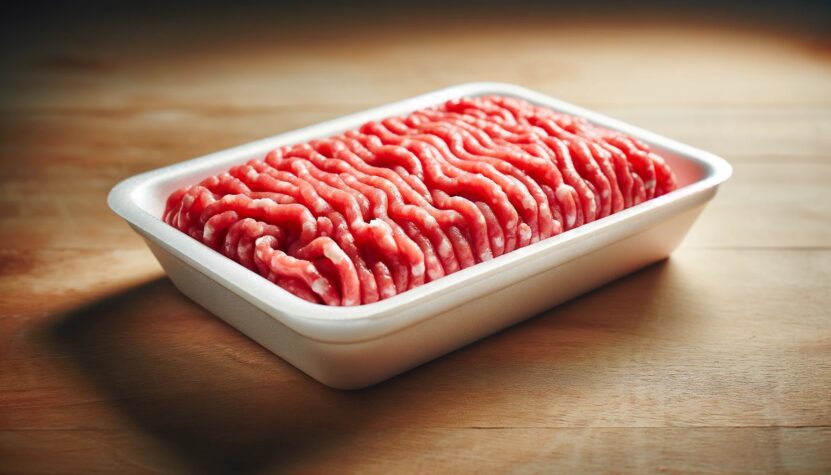When managing your kitchen and leftovers, it’s vital to be aware of the lifespan of foods, especially cooked meats. Ground beef, a frequent choice for many meals, has specific storage timelines that are essential for flavor retention and health safety.
If you often find yourself with extra portions of this meat after preparing dishes like tacos or spaghetti sauce, you’ll benefit from understanding not just how long it can safely stay in the fridge.
What is the Typical Lifespan?
Generally, when stored in the cooler environment of your kitchen appliance, it stays good for about three to four days. This timeframe is a balance between enjoying your meal at its best and staying safe.
Cooking Techniques and Their Influence
The way you cook your dish significantly impacts how long it stays good. For instance, if you’ve cooked it thoroughly, ensuring the internal temperature reaches 160°F, you’ve already taken a step towards extending its shelf life.
This is because high temperatures help kill most bacteria. In contrast, dishes that are lightly cooked or prepared at lower temperatures might not last as long. So, when you’re planning your meal, consider how the cooking process might affect its longevity.
Refrigerator Temperature
Your refrigerator’s settings are another critical factor. Ideally, it should be set below 40°F. At this temperature, bacterial growth slows down, helping your dish stay fresh for the maximum period. If your fridge is set at a higher temperature, the lifespan of your leftovers could be shorter.
So, it’s a good idea to occasionally check your fridge’s temperature to ensure it’s at the optimal setting.
Type of Container
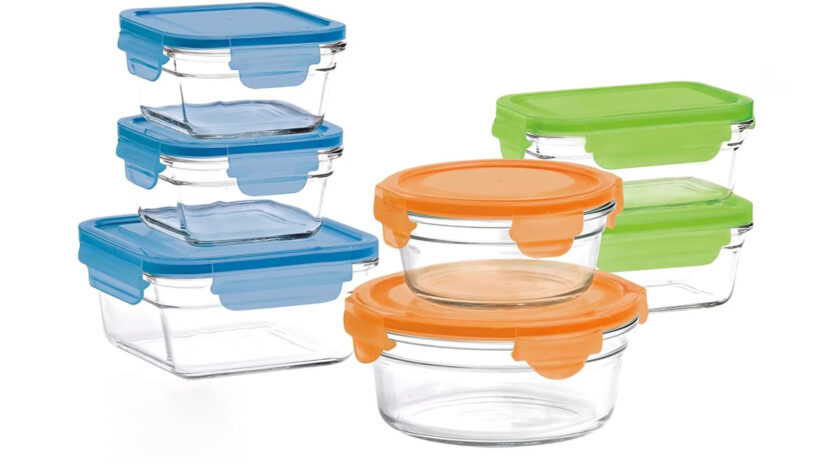
The container you choose for storage also plays a role. Airtight containers are best as they prevent the entry of bacteria and avoid any cross-contamination with other foods.
Additionally, these containers help retain moisture, keeping your meal from drying out. If you’re environmentally conscious or prefer avoiding plastic, glass containers with tight lids are a fantastic alternative.
Portioning for Extended Freshness
Another tip is to divide your dish into smaller portions before storing it. This not only helps it cool down faster, preventing the growth of bacteria but also means you only reheat the amount you need, preserving the quality of the rest.
When Reheating, Do It Right
When it’s time to enjoy your leftovers, proper reheating is crucial. Bring it to an internal temperature of 165°F to ensure it’s safe to eat. This is especially important if the stored dish has been in the refrigerator for a couple of days.
Remember, reheating should only be done once, as multiple reheating cycles can degrade the quality and safety of the food.
Proper Storage Techniques
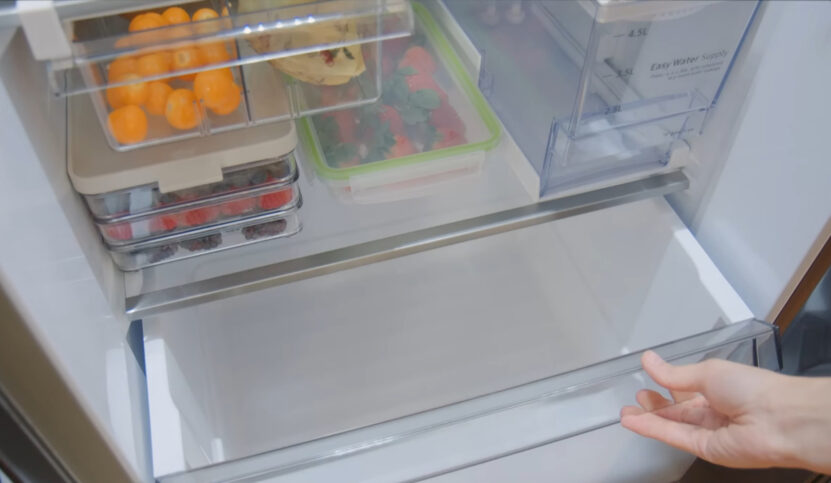
When it comes to storing your cooked meal, the container you choose can make a significant difference. Opt for airtight containers that seal in freshness and prevent any cross-contamination.
Glass containers with secure lids are an excellent choice for those who are environmentally conscious or prefer to avoid plastic.
Ideal Refrigerator Settings
The temperature setting of your refrigerator is crucial. To hinder bacterial growth and keep your meal safe, your fridge should consistently be below 40°F.
It’s a good practice to occasionally check the temperature, as even small fluctuations can impact the longevity of your stored food.
Avoid Contamination
Be mindful of where you place your container in the refrigerator. Keep it away from raw foods to prevent cross-contamination.
Also, ensure that it’s covered and sealed properly to avoid contact with other items in the fridge, which can affect both taste and safety.
How to Identify Spoilage?
One of the first signs that your meal has gone bad is a change in appearance and smell. If you notice any mold growth or an off-putting odor, it’s a clear indication that the food is no longer safe to consume.
Discoloration and slimy texture are also red flags.
Trust Your Senses
Always trust your senses. If something looks, smells, or tastes off, it’s better to err on the side of caution and discard it.
Food poisoning is not worth the risk of trying to salvage a questionable meal.
When in Doubt, Throw it Out
If you’re unsure about how long the meal has been in the refrigerator or if it’s still safe to eat, the safest bet is to throw it out. It’s better to be safe than sorry when it comes to food safety.
How to Determine the Right Amount Before Cooking?
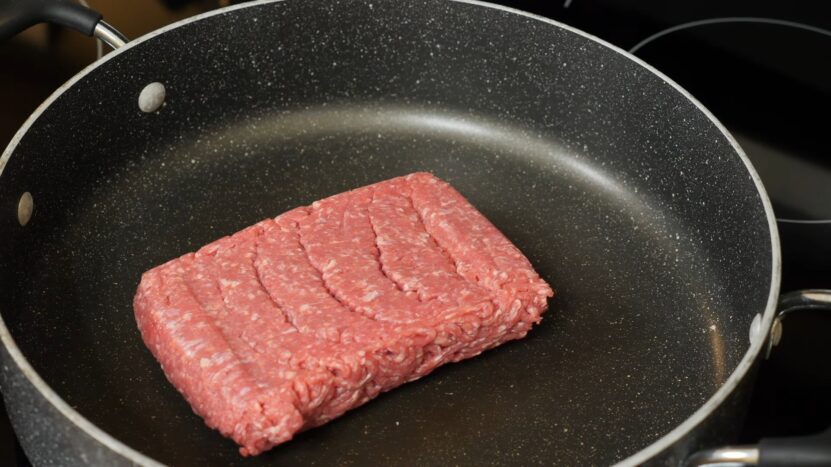
When preparing meals for different group sizes, it’s essential to estimate how much you’ll need accurately. This not only ensures that everyone is satisfied but also minimizes waste.
A general rule of thumb is to allocate about 1/2 to 3/4 cups of cooked meat per person. However, this can vary based on the type of dish and the appetite of your guests.
Consider the Meal Type
The dish you’re preparing also influences the amount you need. For instance, if the meat is the main component of the dish, like in a meatloaf or burger, you’ll need more per person compared to when it’s part of a larger recipe like a casserole or soup.
| Dish | Average Serving Size Per Person | Notes |
|---|---|---|
| Burgers | 4-6 ounces (113-170 grams) | Depends on bun size, toppings, and personal preference. |
| Meatballs | 4-5 ounces (113-142 grams) | For about 4-5 meatballs per serving. |
| Tacos | 4-6 ounces (113-170 grams) | For two tacos, consider tortilla size and toppings. |
| Spaghetti Bolognese | 2-3 ounces (57-85 grams) | Varies with plate size and sauce amount. |
| Chili | 4-6 ounces (113-170 grams) | For a standard 1-cup serving of chili. |
| Lasagna | 1 ounce (28 grams) | Per person in a traditional lasagna recipe. |
| Shepherd’s Pie | 6 ounces (170 grams) | For a standard shepherd’s pie serving. |
Leftovers Strategy
Planning for leftovers can be smart, especially if you’re meal-prepping or want to enjoy the dish over a few days. In such cases, cook a slightly larger quantity, keeping in mind the storage guidelines mentioned earlier to ensure it remains safe and tasty.
You can also compare the lifespan of other ingredients. For example, the spaghetti you will use for Bolognese has a similar lifespan as ground beef.
Adjust for Dietary Preferences
Remember to consider the dietary preferences and restrictions of your group. Some might prefer lighter portions, while others may have a heartier appetite.
Being aware of these preferences helps in planning the right amount, ensuring everyone’s needs are met, and reducing the chances of leftovers.
FAQs
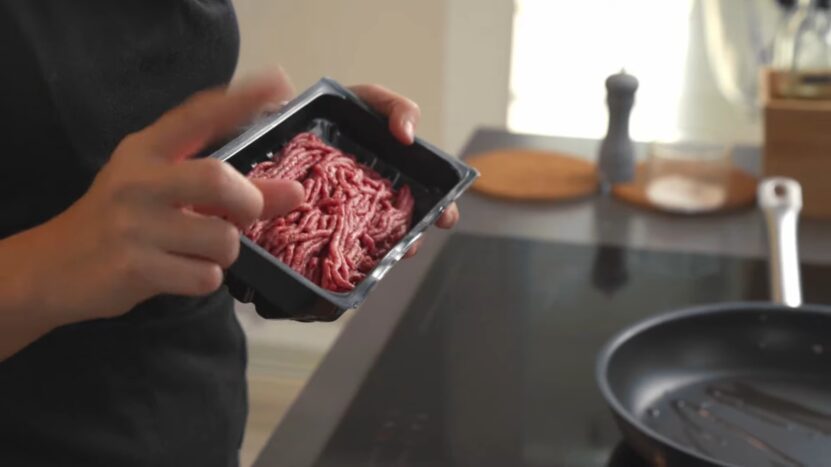
Can I freeze cooked meat after 3 days?
Yes, you can freeze cooked meat after 3 days, as long as it has been stored properly in the refrigerator. Freezing cooked meat will not affect its quality or safety, but it may lose some of its flavor and texture over time.
How long is it safe to eat cooked meat?
Cooked meat can be safely stored in the refrigerator for 3 to 4 days, according to the USDA. After that, the risk of food poisoning increases. If you don’t think you’ll be able to eat the cooked meat within 4 days, you should freeze it right away.
Can I eat Bolognese left out overnight?
No, you should not eat Bolognese left out overnight. Bolognese sauce contains meat, which is a perishable food that can grow harmful bacteria at room temperature. The USDA advises that food should not be left out of the refrigerator for more than 2 hours.
Is it OK to eat a leftover burger?
It depends on how the leftover burger was stored and reheated. If the burger was refrigerated within 2 hours of cooking and reheated to 165°F (74°C) before eating, it should be safe to eat. However, if the burger was left out overnight or reheated improperly, it may not be safe to eat.
The Bottom Line
Mastering the storage and handling of cooked ground beef enhances both safety and flavor in your kitchen. Embracing these tips, you’ll make informed decisions, ensuring each meal is as delightful and safe as possible.
Let this guide elevate your cooking routine, bringing confidence and enjoyment to every dish you prepare.
